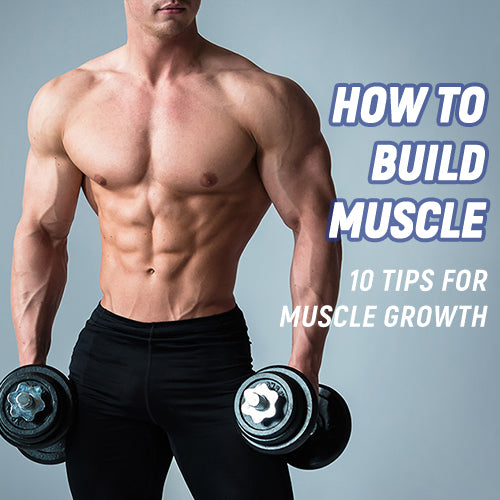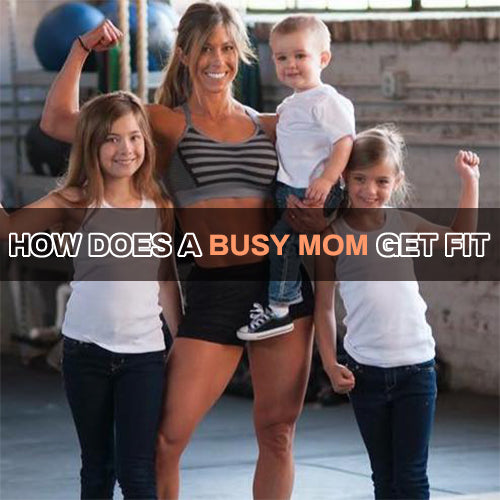Leg exercises are a cornerstone of any comprehensive workout routine, providing a multitude of benefits ranging from increased strength and power to improved stability and mobility. If you have reasonable fitness habits and a systematic fitness plan, the weekly leg day will always come as scheduled, no matter what happens the next day.
If you have good fitness habits but always give up leg training in order not to make yourself too tired, you will still envy other people's muscular legs and slowly add them to your plan.We'll explore the best leg exercises to help you build powerful, muscular legs from the ground up.
🏋♂The 8 best leg exercises are:
- Barbell Back Squat
- Romanian Deadlift
- Hack Squat
- Barbell Lunges
- Barbell Front Squat
- Supine Leg Press
- Kneeling Leg Curl
- Seated Leg Stretch
The Importance of Leg Training

Before we dive into specific exercises, it's important to understand why leg training should be a priority in any well-rounded fitness routine:
- Increased Strength and Power: Leg muscles, particularly the quadriceps, hamstrings, and glutes, are some of the largest and most powerful muscle groups in the human body. Developing these muscles translates to improved strength and power for activities like running, jumping, and lifting.
- Better Athletic Performance: Strong legs are essential for excelling in various sports, from sprinting and jumping to changing directions quickly. By focusing on leg exercises, you'll enhance your overall athleticism and reduce the risk of lower-body injuries.
- Improved Posture and Balance: Your legs are the foundation of your body, and strong leg muscles help to maintain proper posture and balance, reducing the strain on your lower back and improving overall stability.
- Increased Metabolism: Leg exercises engage multiple large muscle groups simultaneously, leading to a higher caloric expenditure and an elevated metabolic rate, even after your workout is over.
- Functional Fitness: Many daily activities, such as climbing stairs, carrying groceries, or playing with children, require strong leg muscles. By incorporating leg exercises into your routine, you'll improve your functional fitness and make everyday tasks easier.
8 Best Leg Exercises
Here is a set of great leg exercises, which look very exciting. In these movements, if you don't have the conditions to go to the gym, you can use small equipment instead. For example, exercise 1.2.4.5.8 can be replaced with adjustable dumbbells, and exercise 7.8 can be replaced with resistance bands.
Exercise 1: Barbell Back Squat

Targets: Quadriceps, hamstrings, glutes
- Stand with feet slightly wider than shoulders, toes, and knees in the same direction, keep your back straight throughout, and hold the barbell with both arms behind your neck.
- Take a deep breath and slowly bend your knees to control the squat. When squatting, the direction of the knee joint is the same as the direction of the toes. Squat until the thigh is parallel to the ground or slightly lower than the knee.
- When you get up, squat with your toes on the ground and your hips on the ground.
Exercise 2: Romanian Deadlift

Targets: hamstrings and glutes
- With your feet about hip-width apart, grip the bar overhand with the bar at hip height. Keep your shoulders back, your back arched, and your knees slightly bent.
- When the lever is lowered, move the hips back slightly to allow the torso to lean forward, bend the knees slightly but keep the calves perpendicular to the ground.
- The barbell should be lowered slowly against the calf throughout the movement.
- Tighten the waist and abdomen, retract the shoulder blades slightly, and do not allow the lumbar spine to rotate or the shoulders to stretch forward.
Exercise 3: Hack Squat

Targets: Quadriceps, hamstrings, glutes
- Rest the back of your torso on the back pad of the machine and hook your shoulders under the pads; place your legs on the platform with your legs spread a little distance less than shoulder-width apart, with your toes facing slightly outward.
- Place your arms on the side handles of the instrument and release the safety bar. Straighten your legs but don't lock your knees.
- Slowly bend your knees, with your knees facing your second toe, keeping your head straight forward. Continue to descend until the angle between the thigh and calf is slightly less than 90 degrees.
- Pressing the ground with the soles of the feet, straighten the legs again and return to the starting position.
Exercise 4: Barbell Lunges

Target: Almost all parts of the thigh
- Hold dumbbells with both elbows on your shoulders, stand with your feet apart, with your front feet properly elevated, look straight ahead, and keep your chest and abdomen tight.
- Keep your upper body upright, keeping your center of gravity straight down. The body cannot lean back or forward. When squatting vertically, the front calf is vertical to the ground, and the knee is in the same direction as the toes.
- The span should not be too small to prevent the center of gravity from being unstable, the movement of the legs is limited, and the knees of the front legs can rush forward; when the span is large, the back legs should be kept as straight as possible during the squatting process.
Exercise 5: Barbell Front Squat

Targets: Quadriceps
- Use the front deltoid to set up the barbell, hold the barbell with both hands, stand upright, feet shoulder-width apart, toes slightly outward.
- Bend your knees, sit back at your hips, keep your back straight, and squat down as you inhale. until the thighs are parallel to the ground
- Pause at the bottom for a while, then use the heel and the middle of the foot to force, get up and restore, and exhale at the same time
- Keep your back straight during the movement, and keep your knees in the same direction as your toes.
Exercise 6: Supine Leg Press

Targets: Quadriceps, Glutes
- Sit on the leg press, keeping your back against the seat cushion, and plant your feet shoulder-width apart on the footrest. Grasp the handle and apply force from the heel to release the safety latch. The knee should be slightly bent at the beginning of the movement.
- Inhale and slowly lower the weight until the knees are at 90 degrees, and then stop the movement and push up on the pedals with controlled strength.
Exercise 7: Kneeling Leg Curl

Target: hamstrings
- Kneel on the curl machine, place one heel under the roller board, and support the body with the forearm on the restraint board
- Slowly lift the leg up; the vertex stops for a while and then restores in the opposite direction
Exercise 8: Seated Leg Stretch

Targets: Quadriceps
- Sit on the leg extension machine, bend the knees, place the top of the foot under the roller plate at the bottom of the device, and hold the handle for support.
- Slowly lift your feet until your legs are almost parallel to the ground, contracting your quads
- Gradually restore in the opposite direction
Leg Exercise Programming and Safety Tips
Start with a Warm-up
Begin your leg workouts with a thorough warm-up to increase blood flow to the muscles and prepare them for the upcoming exercises. Incorporate dynamic stretches, mobility drills, and light cardio activities to loosen up the joints and enhance flexibility.
Choose Appropriate Weight and Difficulty
Select weights and exercise variations that challenge you but still allow for proper form and control. Gradually increase the weight or difficulty level as your strength and technique improve. Avoid using excessively heavy weights that compromise your form and increase the risk of injury.
Proper Form and Technique
Focus on maintaining proper form throughout your leg exercises. This includes maintaining a neutral spine, engaging the core, and using a full range of motion. Poor form can lead to injuries and diminish the effectiveness of the exercise.
Progressive Overload
To continually challenge your leg muscles and promote growth, incorporate progressive overload into your programming. This involves gradually increasing the weight, sets, or reps over time. However, ensure that you progress at a sustainable pace to avoid overtraining and excessive fatigue.
Rest and Recovery
Allow sufficient rest and recovery between leg workouts. This allows your muscles to repair and grow stronger. Avoid training the same muscle groups on consecutive days and incorporate rest days into your overall training schedule.
Listen to Your Body
Pay attention to your body's signals and adjust your leg exercises accordingly. If you experience pain, discomfort, or excessive fatigue, it may be a sign that you need to modify or reduce the intensity of your workouts. Pushing through severe pain or ignoring warning signs can lead to injuries.
Balance Your Leg Workout
Aim for a balanced leg workout that targets all major leg muscle groups, including quadriceps, hamstrings, glutes, and calves. Neglecting certain muscle groups can lead to muscular imbalances and increase the risk of injuries.
Include Variety
Incorporate a variety of leg exercises into your routine to target different muscles and prevent boredom. Mix compound exercises like squats and deadlifts with isolation exercises like leg extensions and hamstring curls.
Core Engagement
Engage your core muscles during leg exercises to enhance stability and protect your lower back. Proper core activation can also improve your overall lifting performance.
Cool Down and Stretch
Conclude your leg workouts with a cool-down period and static stretching. This helps reduce muscle soreness, increase flexibility, and promote recovery.
In conclusion, building powerful legs is not only crucial for developing an impressive physique but also for improving overall strength, athletic performance, and functional fitness. By incorporating a variety of leg exercises into your routine and following a structured training program, you'll be well on your way to achieving your goals and unlocking your full potential.


